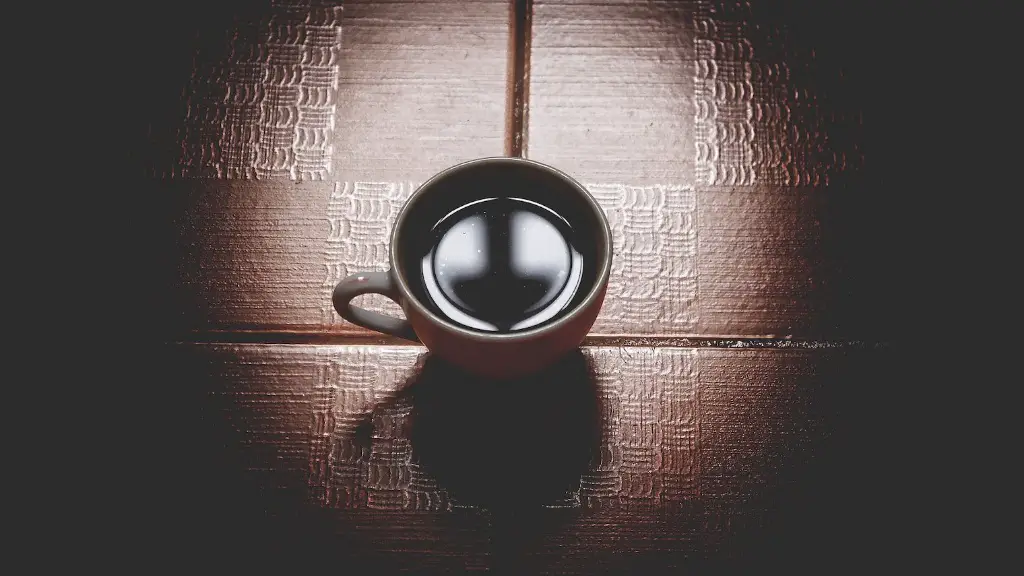What is Tooth Extraction?
Tooth extraction, sometimes referred to as dental extraction, is the complete removal of a tooth. It can be done for a variety of reasons such as decay, infection, overcrowding, fractures, or orthodontic treatment. When done for orthodontic purposes, extraction helps create a better orthodontic result and can help correct issues such as overcrowded teeth or impacted teeth. Tooth extraction is typically done by an oral surgeon in a dental office or hospital setting.
Why Do People Get Their Teeth Extracted?
The most common reason for tooth extraction is the presence of severe decay or infection. When this occurs, the tooth needs to be removed so that the infection does not spread to other teeth or parts of the body. Extractions may also be done to make room in a dental arch that is overcrowded. Teeth can also be extracted if they are impacted (stuck beneath the gums or jawbone and unable to erupt completely). In some cases, teeth may also be extracted to make way for orthodontic treatment such as braces or aligners.
How Long After Tooth Extraction Can You Drink Coffee?
After a tooth extraction, it is important to wait at least 24 hours before drinking coffee. This is because coffee can act as an irritant to the blood clot that has formed in your extraction site. Caffeine can also cause the blood vessels to expand and lead to further bleeding. Additionally, coffee is acidic and can further irritate the delicate PH balance inside the mouth.
In addition to waiting 24 hours before drinking coffee, it is also important to avoid using straws, smoking, and vigorous swishing or spitting for up to two weeks after an extraction. All of these activities can disrupt blood clot formation or irritating the extraction site.
It is important to note that while coffee is sometimes implicated in causing additional bleeding or discomfort, it’s not considered a major cause of after-extraction complications. Most people can resume drinking coffee after 24 hours of waiting if they experience no discomfort.
Pain Relief After Extraction
After an extraction, it is important to follow your dentist’s instructions for pain relief. This may include using an over-the-counter pain reliever such as ibuprofen and applying an ice pack or cold compress to the wound. It is also important to keep the extraction site clean by rinsing your mouth with warm salt water several times a day.
Advantages and Disadvantages of Tooth Extraction
Although tooth extraction is sometimes unavoidable, it is important to weigh the pros and cons before deciding if it is a necessary course of action. On the one hand, tooth extraction can help prevent the spread of infection or overcrowding. It can also be a cost-effective way to address orthodontic issues. On the other hand, extraction is an invasive and potentially uncomfortable procedure that involves a recovery period. Additionally, extractions can create the need for a dental prosthetic such as a bridge, implant, or dentures.
Alternatives to Tooth Extraction
In some cases, extraction can be avoided by using conservative treatments such as root canals or fillings. Root canals involve removing the decayed part of a tooth and then sealing it off from further damage. A filling is a procedure that uses a material to replace a decayed part of a tooth. In cases of overcrowding and impacted teeth, orthodontic treatments such as braces and aligners may be used instead of extraction.
Preventive Care to Avoid Tooth Extraction
Preventive care is the best way to avoid tooth extraction. This includes brushing, flossing, and touching up on a regular basis, consuming a balanced diet, and visiting the dentist at least twice a year. Prevention is essential in helping to keep the teeth and gums healthy and preventing the need for extraction.
Irreversible Impact of Tooth Extraction
It is also important to note that tooth extractions are permanent, and cannot be reversed. Once the tooth is gone, it is gone for good, with the empty space filled in with either a dental implant or a bridge. Therefore, it’s extremely important to weigh all the pros and cons of tooth extraction, and consider all the available options before making any decision.
What to Expect During the Tooth Extraction Procedure
Tooth extraction involves numbing the area around the tooth, as well as removing any gum or bone that might be covering the tooth. Once this is done, the dentist will use an instrument called an armament to loosen and remove the tooth. The dentist may also use a few forceps or a special tool to carefully extract the tooth. Once the tooth has been removed, the dentist will place gauze at the extraction site to help stop the bleeding and speed healing.
Post-Extraction Care Instructions
After a tooth extraction, it is important to follow your dentist’s post-extraction instructions. This may include avoiding talking, drinking, or eating until the numbness has worn off, avoiding smoking, drinking through a straw, and vigorous exercise for up to two weeks, and taking an over-the-counter pain reliever as needed for discomfort for a few days. Additionally, it is important to keep the extraction site clean by rinsing your mouth with warm salt water several times a day.
Treating Discomfort After Tooth Extraction
Any discomfort that may develop after a tooth extraction is usually minor and should resolve within a few days. However, if pain or discomfort persists for longer than a few days, it is important to see your dentist. In some cases, antibiotics may be prescribed to prevent infection. It is also important to avoid drinking alcohol and carbonated beverages, as they can irritate the extraction site and delay healing.



